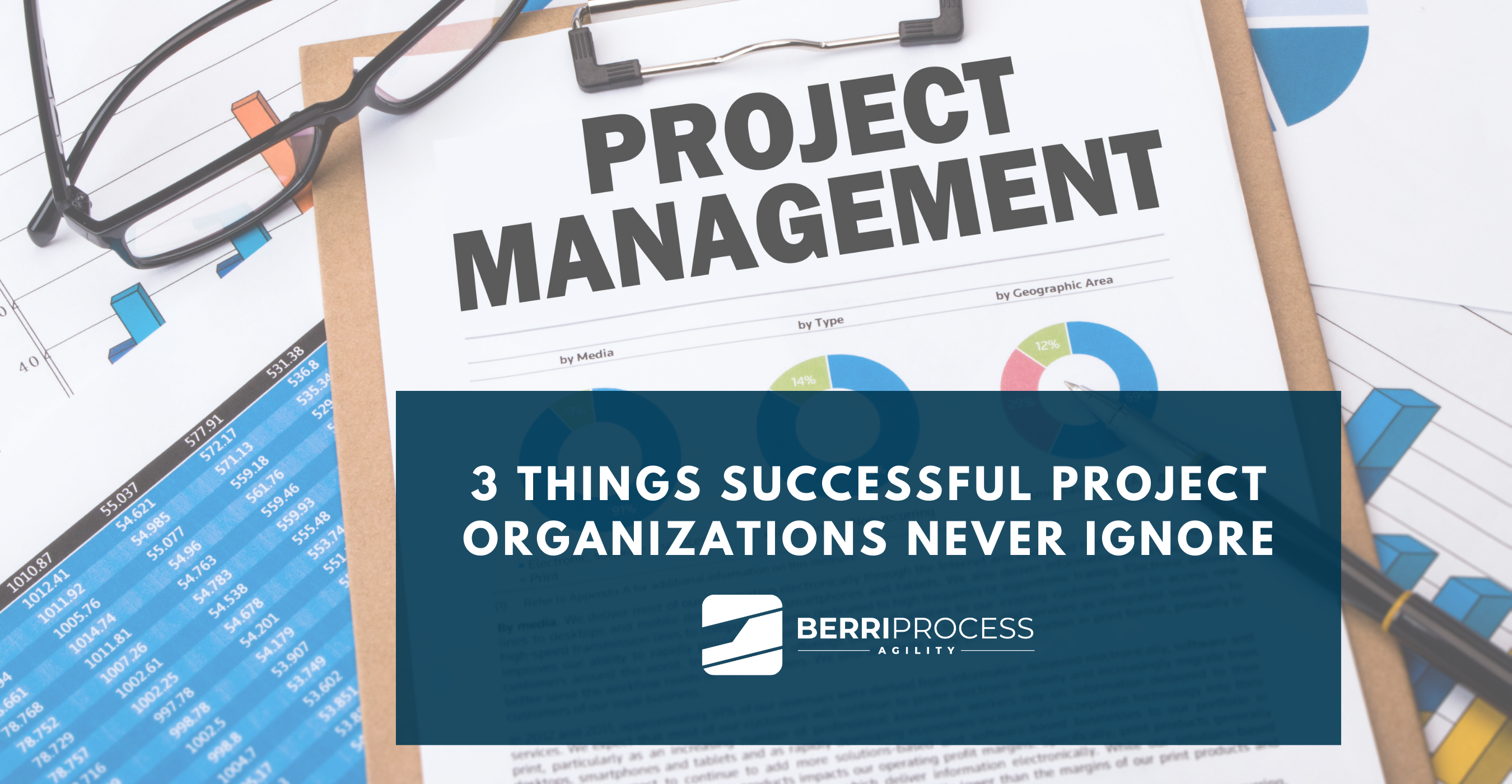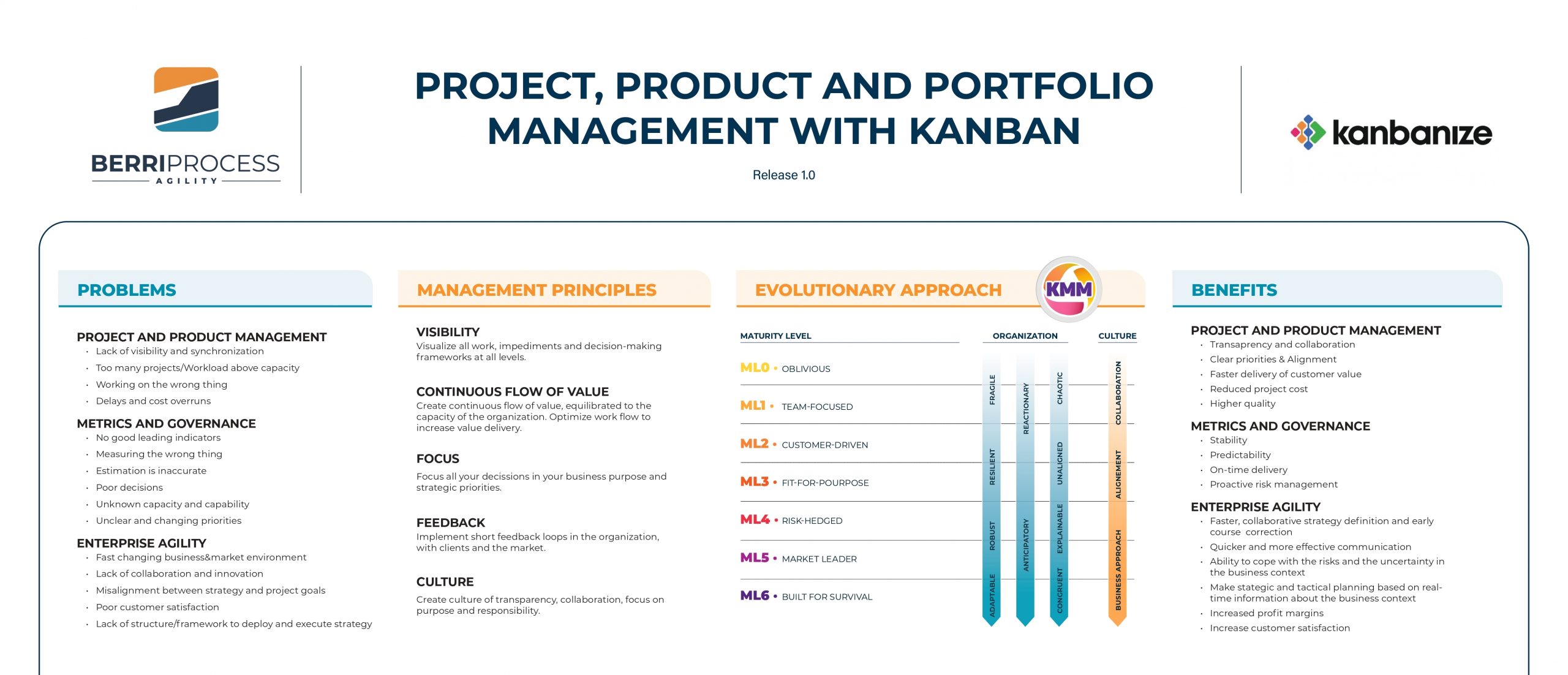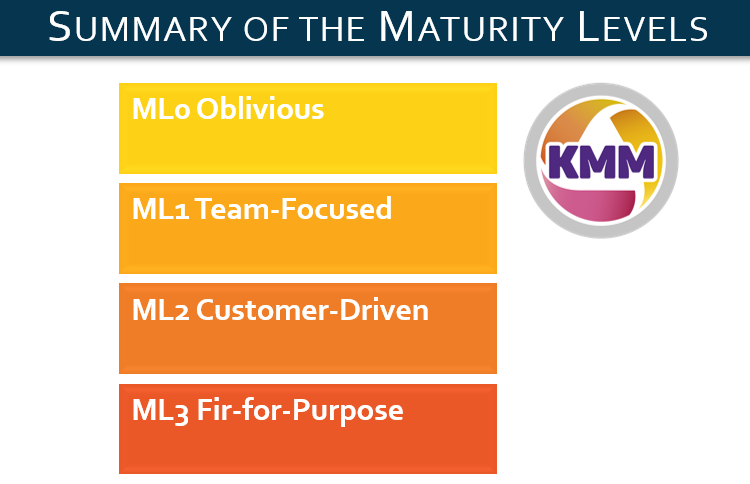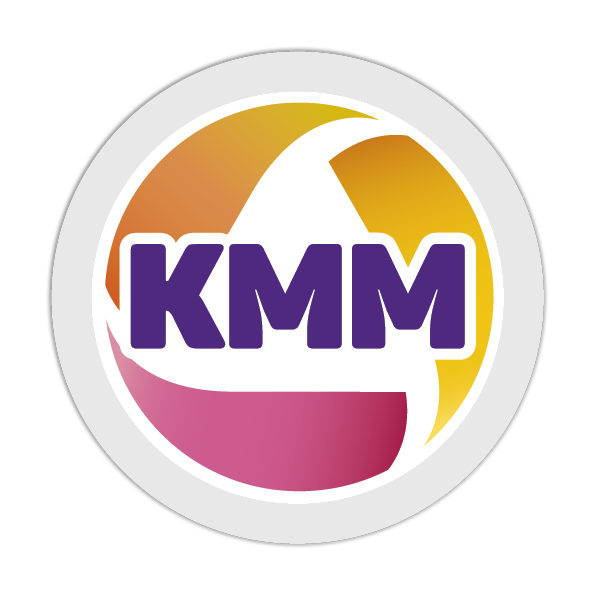
3 things successful project organizations never ignore
Many things changed in 2020 and I, logically, companies need to boost their growth by launching new products and services

Many things changed in 2020 and I, logically, companies need to boost their growth by launching new products and services

Project management is challenging because it requires keeping an eye on and taking fast decisions about many aspects of your

Nowadays nobody doubts that adopting an agile approach to project management is the only way to survive and thrive. In



“It is crucial for us to complete our project milestones. We cannot afford any delay. We must have our projects


I am sure you have heard of the Kanban Maturity Model, also known as KMM, but if you do not


Executive management decisions and leadership determine a company’s purpose, behaviors, relationships, work practices and ability to adapt to changes in
By subscribing to Berriprocess Agility's newsletter you agree to receive periodic emails, promotions and the latest news so you don't miss anything. You can unsubscribe any time.